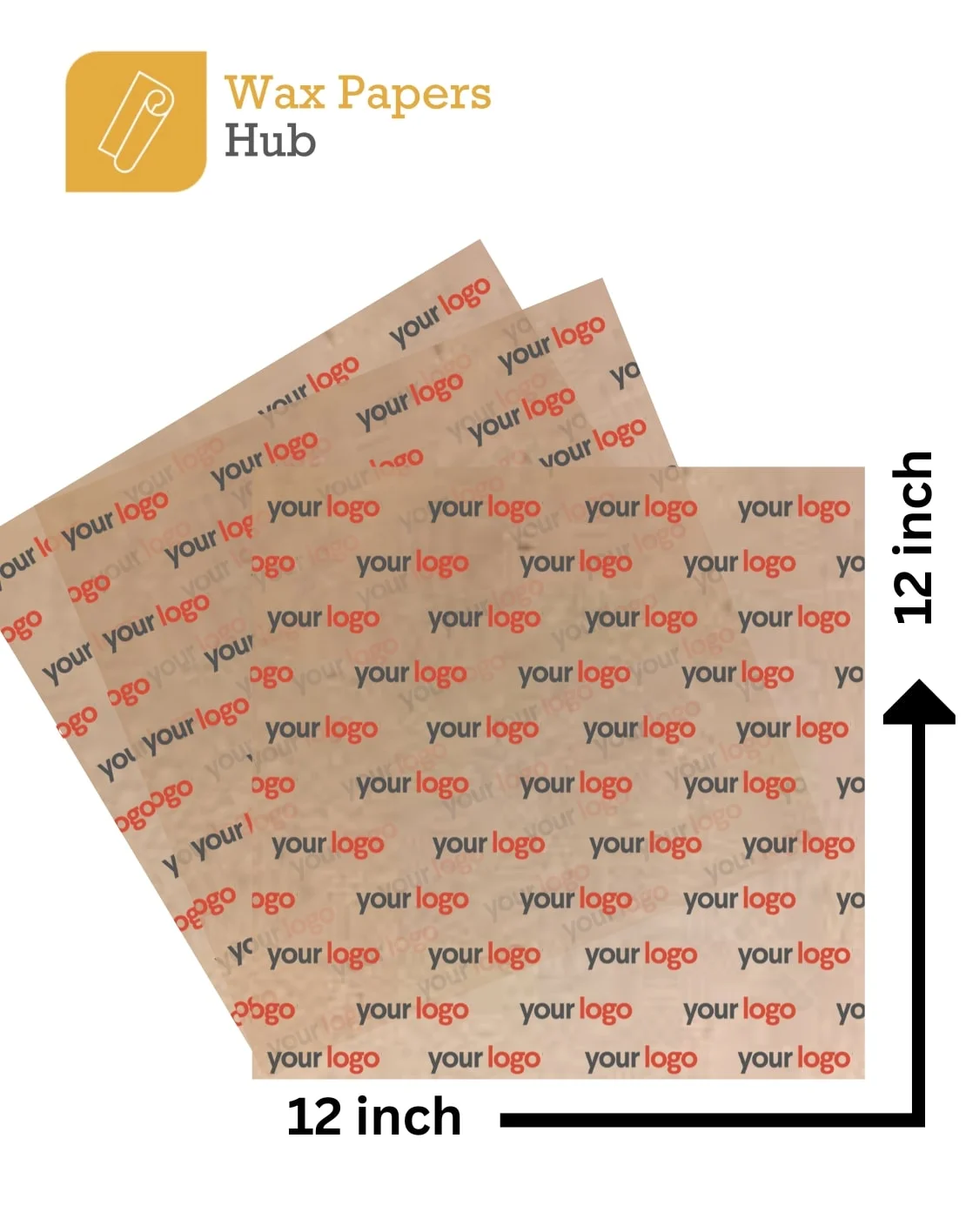Introduction
A good night’s sleep is essential for our overall health and well-being, and one of the key components of achieving that is having a comfortable and supportive mattress. With people becoming increasingly aware of the importance of sleep, the mattress market has seen significant growth in recent years. In this blog post, we will explore the current state of the mattress market, including its size, segmentation, and competitive landscape. We will also examine consumer trends and preferences in the market, as well as challenges and opportunities for growth and innovation. By the end of this article, you will have a better understanding of the mattress market and the factors that are driving its growth.
Market Size and Segmentation
The global mattress market has been growing steadily over the past few years and is expected to continue its growth trajectory. According to a report by Market.us, the global mattress market is estimated to reach USD 33,882 million in 2021. It will grow with a CAGR of 6.63% between 2023-2032.
The innerspring mattress segment dominates the market due to its traditional popularity and affordability, while memory foam and hybrid mattresses have seen significant growth in recent years due to their comfort and support benefits. The demand for eco-friendly and organic mattresses made of materials like natural latex and organic cotton is also on the rise.
In terms of distribution channels, the online segment has been growing rapidly due to the increasing trend of online shopping and the convenience it provides. However, offline stores like mattress showrooms and furniture stores still play an important role in the market as customers often prefer to try out the mattresses in person before making a purchase.
Consumer Trends and Preferences
Consumer trends and preferences play a crucial role in shaping the mattress market. Here are some of the key trends and preferences observed in the market:
Comfort and Support: Comfort and support are the top factors that consumers look for in a mattress. Memory foam and hybrid mattresses are increasingly popular due to their ability to contour the body, provide pressure relief and support the spine.
Eco-Friendly and Organic Mattresses: Consumers are becoming more environmentally conscious, and this is reflected in their purchasing decisions. There is a growing demand for eco-friendly and organic mattresses made of natural materials like organic cotton, wool, and latex.
Online Shopping: Online shopping for mattresses is on the rise, with consumers opting for the convenience and cost-effectiveness of buying a mattress online. Online shopping provides the convenience of ordering from home, free trial periods, and easy returns.
Smart Mattresses: The use of technology in mattresses is becoming increasingly popular, with smart mattresses that can track sleep patterns, monitor heart rate and temperature, and adjust firmness based on individual preferences.
Personalized Comfort: Consumers are looking for customized sleep solutions tailored to their individual needs. This includes features such as adjustable firmness levels, multiple zones for support and comfort, and customized sleep tracking and feedback.
Brand Reputation: Brand reputation and customer reviews are important factors in purchasing decisions, with consumers relying on the experiences of other customers to guide their buying decisions.
Overall, consumer preferences are shifting towards comfort, sustainability, and personalization in the mattress market. Companies that can offer innovative and customized solutions, while also being eco-friendly and socially responsible, are likely to see success in this market.
Challenges and Opportunities
The mattress market, like any other industry, faces several challenges and opportunities. Here are some of the key challenges and opportunities for the mattress market:
Challenges:
Increasing Competition: The mattress market is highly competitive, with many new players entering the market. This puts pressure on established players to innovate and differentiate their products.
Changing Consumer Preferences: Consumer preferences are constantly evolving, and companies need to keep up with the latest trends and demands.
Economic Uncertainty: Economic uncertainty can affect consumer spending, which can impact the mattress market.
Sustainability Concerns: As consumers become more environmentally conscious, companies need to ensure that their products are eco-friendly and sustainable. Failure to do so can result in negative publicity and loss of market share.
Opportunities:
Innovation: Companies that can innovate and bring new and unique products to the market are likely to see success. This can include using new materials, incorporating technology, and offering customizable solutions.
E-commerce: The growth of e-commerce provides an opportunity for companies to reach a wider customer base, reduce costs, and offer convenient solutions to consumers.
Health and Wellness Trends: The increasing focus on health and wellness presents an opportunity for companies to market their mattresses as promoting better sleep and overall health.
Sustainable and Eco-friendly Products: The demand for eco-friendly and sustainable products is on the rise, and companies that can offer these solutions are likely to attract environmentally conscious consumers.
Overall, the mattress market presents both challenges and opportunities. Companies that can stay ahead of the curve by innovating, offering customized solutions, and being socially responsible are likely to thrive in this competitive market.
Challenges and Opportunities
The mattress market, like any other industry, faces several challenges and opportunities. Here are some of the key challenges and opportunities for the mattress market:
Challenges:
Increasing Competition: The mattress market is highly competitive, with many new players entering the market. This puts pressure on established players to innovate and differentiate their products.
Changing Consumer Preferences: Consumer preferences are constantly evolving, and companies need to keep up with the latest trends and demands.
Economic Uncertainty: Economic uncertainty can affect consumer spending, which can impact the mattress market.
Sustainability Concerns: As consumers become more environmentally conscious, companies need to ensure that their products are eco-friendly and sustainable. Failure to do so can result in negative publicity and loss of market share.
Opportunities:
Innovation: Companies that can innovate and bring new and unique products to the market are likely to see success. This can include using new materials, incorporating technology, and offering customizable solutions.
E-commerce: The growth of e-commerce provides an opportunity for companies to reach a wider customer base, reduce costs, and offer convenient solutions to consumers.
Health and Wellness Trends: The increasing focus on health and wellness presents an opportunity for companies to market their mattresses as promoting better sleep and overall health.
Sustainable and Eco-friendly Products: The demand for eco-friendly and sustainable products is on the rise, and companies that can offer these solutions are likely to attract environmentally conscious consumers.
Overall, the mattress market presents both challenges and opportunities. Companies that can stay ahead of the curve by innovating, offering customized solutions, and being socially responsible are likely to thrive in this competitive market.
Conclusion
In conclusion, the mattress market is a highly competitive and dynamic industry that is shaped by changing consumer preferences, economic factors, and sustainability concerns. The market size is expected to grow in the coming years, with a focus on eco-friendly and sustainable products, customized solutions, and online shopping. Companies that can innovate, differentiate their products, and offer personalized solutions are likely to succeed in this market.
Additionally, the growing health and wellness trends and the increasing demand for technology-based solutions present opportunities for companies to develop smart mattresses and promote better sleep and overall health. The mattress market is poised for growth and offers a range of opportunities for companies that can adapt to changing trends and demands.



